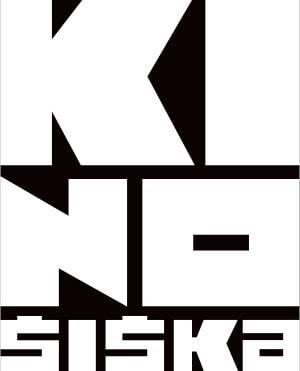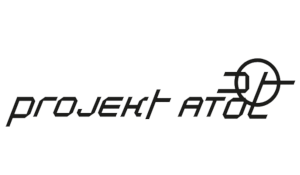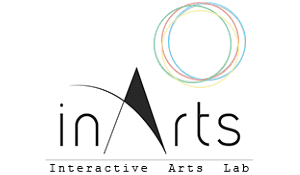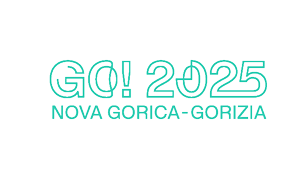The performance combines dance, hybrid prosthetics, and live sound interventions to explore mutations between body, plant, and machine. Conceived as a biopoetic lecture, it invites the audience to experience a shift between species in a multisensory environment.
Carolina Sudati a.k.a. Translúcida Bruta is a Brazilian dance and performance artist who investigates the relationship between body and wearable devices, interested in converting psycho-emotional limitations into expansions of movement. The successive creation of feminine becomings is present in their projects in which ruptures and reconnections with rhythm and the natural environment are constantly investigated at the intersection of territory.prosthesis.body. Together with associated artists—particularly visual artist and designer Leo Ceolin, multi-instrumentalist Jose Bárrickelo, and photographer Mayra Azzi—she creates performance-installations, video-performances, and wearable devices in different contexts and supports. She increasingly dedicates herself to the study of dark ecologies that emerge from vegetal hacking processes and material manifestations linked to mining, neo-extractivism, and post-industrialism, as well as to artistic investigation through specific parameters that include trance practices and consciousness expansion. She shares her processes through laboratories that stem from the subtle field of collectives and communities, converted into raw wearable manufacturing, generating dances and performative actions. Since the end of 2019, she has intensified creation in direct relationship with territory and local communities, establishing a transit between the rural zone and the urban space of the megalopolis São Paulo. Since 2023, she has been connected to the South American platform Observatorio de la Agonía, alongside Luis Carvalán, Mecha Mio, and Cristian Espinosa, with whom she has maintained a continuous exchange since 2017 through the project Corredor Electromagnético Paulista.
Leo Ceolin graduated in design from the Faculty of Architecture and Urbanism of Buenos Aires. He began his work as a designer at the age of 16, working as a locksmith at his father's metalworking company, where he learned and applied various techniques such as cutting, bending, pressing, welding, painting, and assembly. After graduating, he left the family business and focused on designing furniture and objects for clothing stores and design brands. During this period, he met sculptor Ricardo Marcenaro, from whom he learned wood sculpting techniques using a chainsaw, developing unique sculptural furniture pieces together. He arrived in Brazil in 2001 and joined the Notech Design group, formed at MUBE during a workshop with the Campana brothers, Fernando and Humberto. He worked with the group, participating in several exhibitions both in Brazil and abroad, while simultaneously developing research in metal furniture. In scenography, he collaborated with Denise Stoklos on the scenographic creation of the performances Calendário da Pedra and Olhos Recém-Nascidos, and participated in the Manaus Opera Festival between 2008 and 2012. In contemporary dance, he maintains creative partnerships with Jorge Garcia, Fernando Martins, and others. He worked as a guest artist at the Maria Bonomi Atelier, producing the permanent public art installations Epopéia Paulista at the metro-CPTM integration and Etnias – O Primeiro e Sempre Brasil at the Memorial da América Latina. In 2015, he founded Galpão Base, a space for creating, producing, and executing projects at the convergence of design, scenography, and visual arts. As a visual artist, he investigates various traces such as metals, waste, and residues, developing a kind of archaeology. Interested in the relationships between matter and memory, he increasingly focuses on the impact of consumer culture’s excesses on the Earth.
Back








